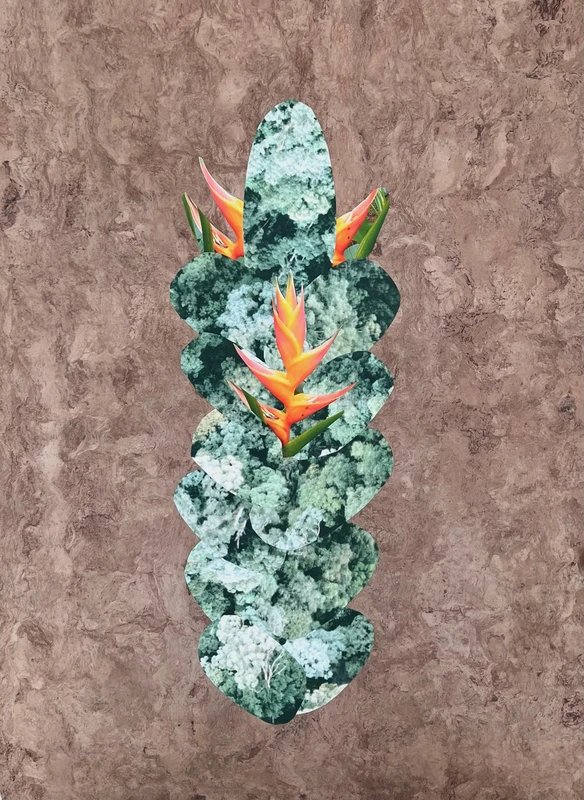Lucía Pizzani
30 May-12 Jul 2024
PV 29 May 2024, 6-8pm


Cecilia Brunson Projects is pleased to present the gallery’s third solo exhibition by Lucía Pizzani (b. 1975, Caracas). Pizzani’s research-based practice, informed by her studies in conservation biology and her involvement in Venezuela’s environmental movement, is concerned with the intertwining narratives of natural and human histories. In this immersive exhibition, Pizzani presents newly commissioned and site-specific works which hold in their material makeup interspecies stories of migration: of plants and their products, cultural practices, and the artist’s own migration from Venezuela to London.
We are excited to share these new developments in Pizzani’s practice ahead of the publication of her first monograph later this year, with contributions by Nicolas Bourriard, Lisa Le Feuvre, Kiki Mazzuchelli and Lucia Pietroiusti.
Pizzani presents new ceramic works, including her freestanding sculptural Flora Totems made at Rochester Square, London. Sites of cultural convergence, they are made from English clay and white slip, and imprinted with plants such as corn and eucalyptus, as Pizzani invokes the histories of flora both native and imported to South America. These anthropomorphic, guardian-like sculptures watching over the gallery space reflect Pizzani’s tendency to identify spirit-like imagery within natural forms, exploring concepts of interconnectivity across plant and animal worlds.
Outside in the gallery courtyard, between walls of ivy and rosebushes, a mural installation of clay sculptures provides a home for tropical plants, drawing on the artist’s memories growing up in the green valleys of Caracas near Venezuela’s Caribbean coast. The sounds of these plants’ pollinators fill the exhibition space, with a soundscape produced by Ezequiel Pizzani incorporating the wind, the batting wings of hummingbirds and the buzzing of bees.
The exhibition also includes a series of collages made with Amate paper, made from the woven fibres of tree bark. The oldest existing examples of this material are Maya, and later Aztec, codices – manuscripts containing chronicles, rituals and astrological recordings of these civilisations – while most artefacts were destroyed and the production of Amate paper banned by Spanish conquistadors. Now a significant cultural export representing the continuation of Indigenous cultures in Mexico, the material stands for the loss, endurance and transmutation of native cultures and the plant species intrinsic to them, and integral in reciting and sustaining their histories. Through her attentiveness to material histories and creation of talismanic and spirit imagery, Pizzani promotes a notion of nature as a refuge as it bears witness to human stories.
Lucía Pizzani press release
Download